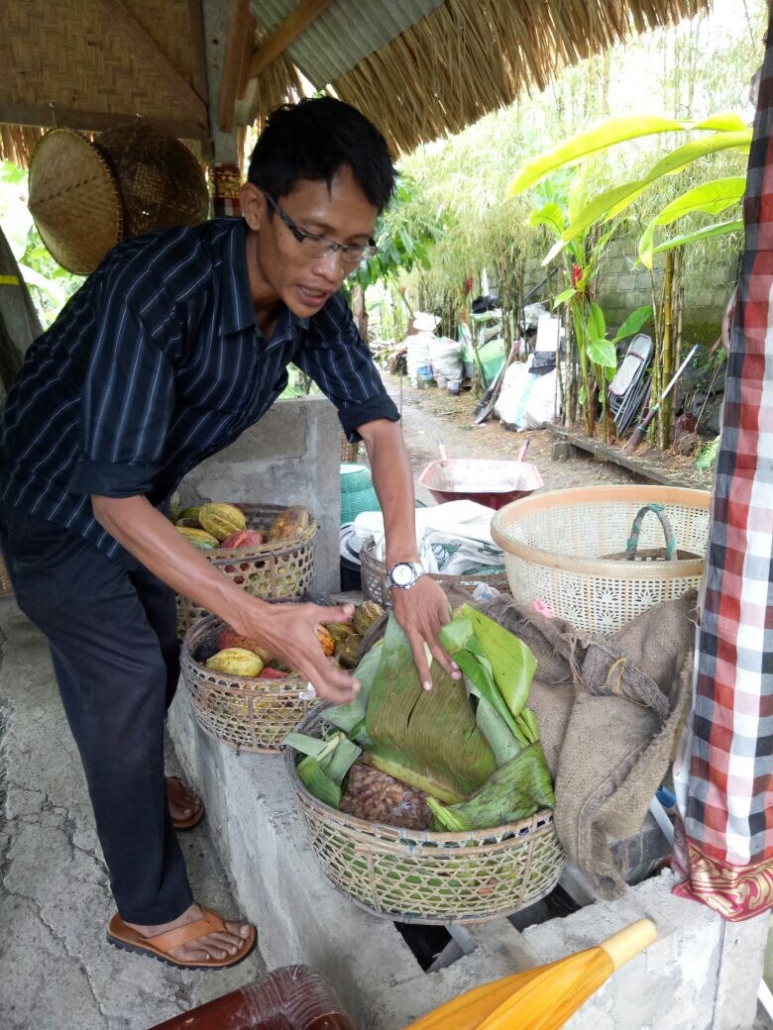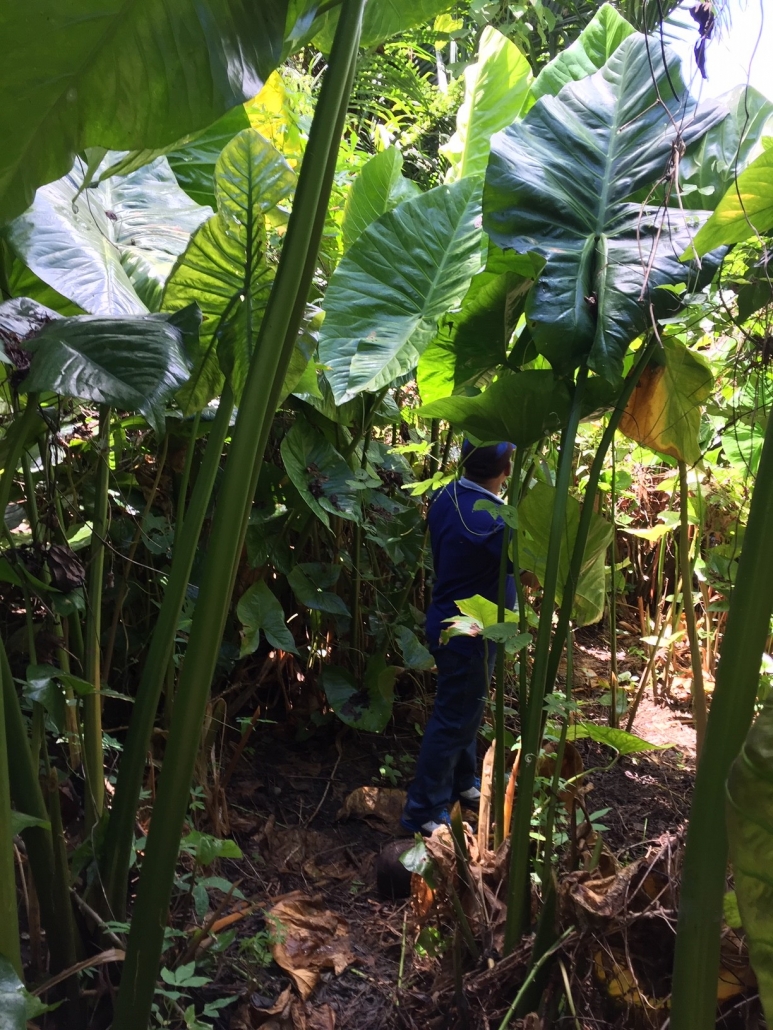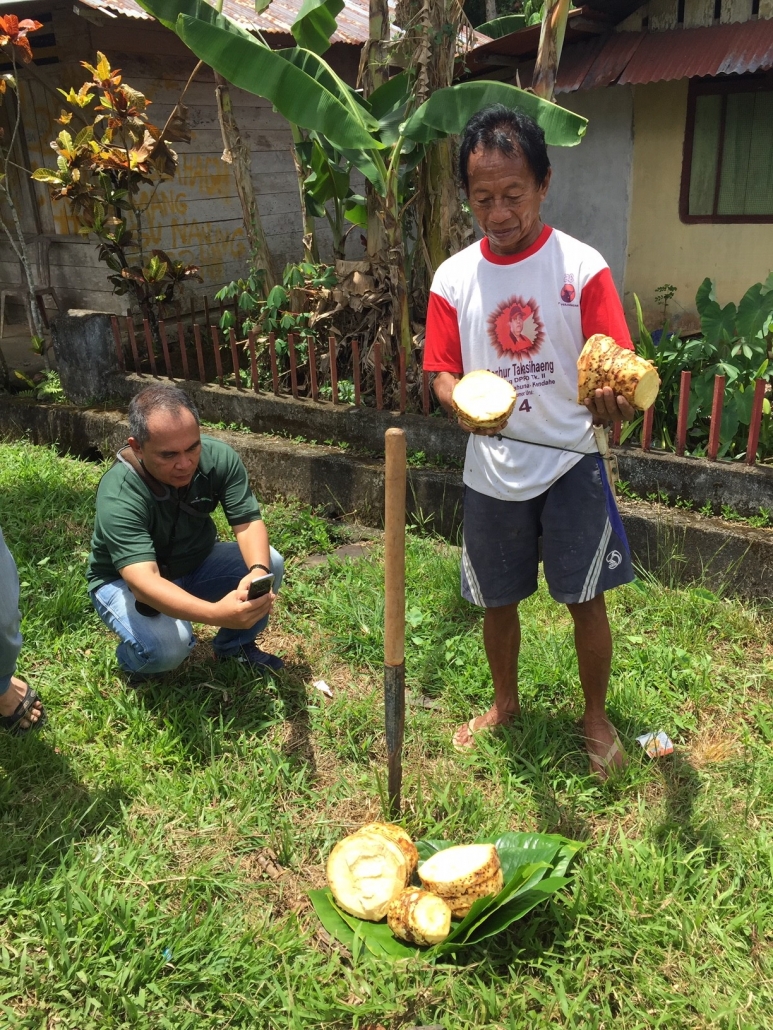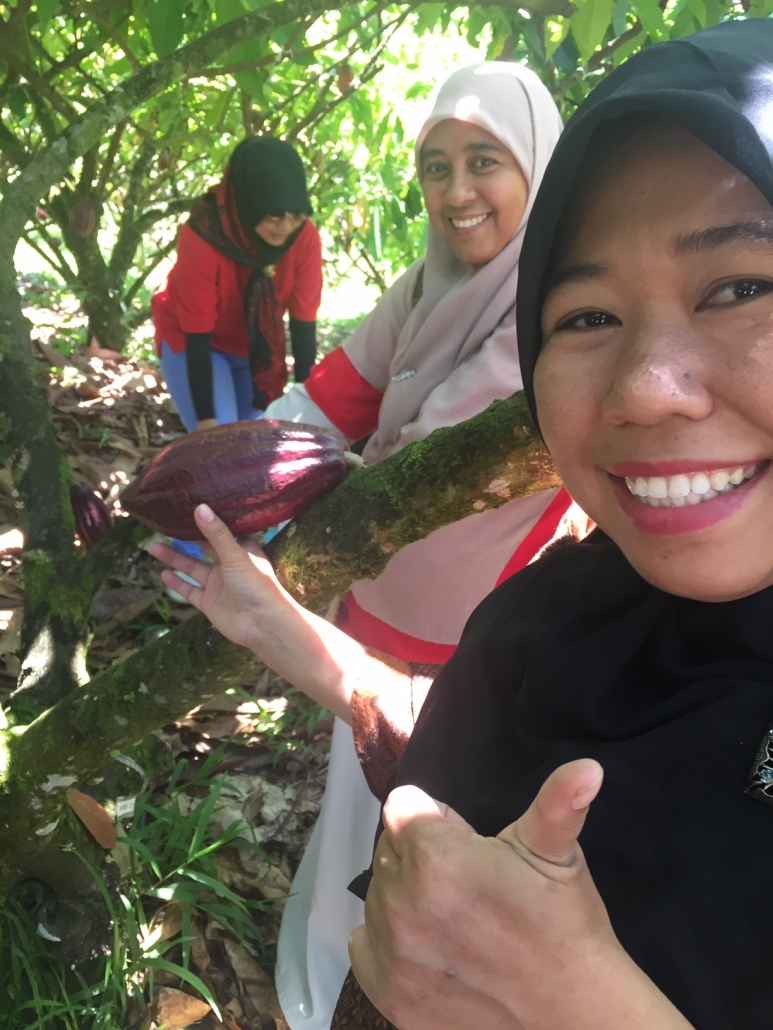Project Leader, Organisation
Andre Drenth, University of Queensland

Status
Contracting
Background
A key strength of Australia’s banana industry is the relative freedom from disease, achieved through exclusion, early detection, containment or eradication. IN addition to a range of known emerging diseases, Indonesia has a unique disease called banana blood disease caused by the bacterium Ralstonia syzgii subsp. Celebesensis. In the last two decades banana blood disease has spread dramatically and is now present across a large part of the Indonesian archipelago as well as peninsular Malaysia. No effective resistance to this disease has been identified which means that management of this disease relies on early detection, exclusion and eradication of infected plants.
Objectives and impact
A Small Initiative project funded by the Plant Biosecurity CRC revealed that banana blood disease has spread significantly in the last decade in Indonesia. Indonesia’s most widely grown banana ‘Pisang kepok’ is highly susceptible to banana blood disease. The presence and spread of this disease has a major impact on banana production in Indonesia and beyond, including Australia which is till disease-free.
Diagnostics has been validated as part of the previous CRC project and there is evidence that the disease spreads locally by insects that visit the male bell of the banana inflorescence, contaminated tools and soil, and longer distances by infected planting material. Options to contain and manage the disease still need to be evaluated. To this end, we plan field trials in Indonesia aimed to:
- Determine when and how infection of the banana plant occurs
- Investigate differences in transmission between banana varieties P. kapok (ABB) and AAA varieties including Cavendish
- Determine the critical timing of covering or removing male flowers to prevent infection
- Determine the importance of tool and soil transmission
- Develop management strategies with Indonesian researchers
- Develop strong enduring collaboration between Indonesian and Australian researchers
Results
Blood disease is exotic to Australia so all experimental work to understand the biology of this disease was completed in Indonesia. To understand the biology of this disease it was necessary to conduct experiments on full grown mature flowering banana plants and potted banana plants of kepok and Cavendish banana varieties. A field trial site was established in Bantul, Special region of Yogyakarta, Java, Indonesia and potted banana plants were set up in a shade house at UGM. Laboratory work was conducted at the UGM and at a field laboratory specifically set up for this project located close to the field trial site in Bantul.
Through scientific experimentation, we have provided evidence concerning the biology of infection. Our research provided evidence that i) infection occurs through the male and female inflorescence, ii) the disease is highly tool transmissible and iii) that mother plants can transmit the disease to suckers. Our studies revealed that both Cavendish and Kepok banana varieties are susceptible to blood disease. The scientific experiments conducted as part of this project provide evidence concerning the effectiveness of methods to prevent spread and infection. The experimental results were then used to develop a science based management plan. The management strategy included a series of recommendations such as tool sanitisation, de-belling with a forked stick, removal/destruction of diseased mats, bagging, and use of tissue culture plants.
The findings of this project are significant and are a positive step forward in preventing crop loss due to blood disease in banana. In order to reduce the losses of banana blood disease in South East Asia it is imperative to raise awareness of this disease, its importance and the methods that can be applied to control the disease and mitigate its spread. Areas for further research have been identified to refine and tailor the control methods to better suit end users. Heightened awareness by government departments, industry and smallholder growers of blood disease and its control is urgently required to prevent blood disease from further expanding its geographic spread and to prevent crop loss in locations where it occurs.
Report
The Project Final Report can be downloaded here.





